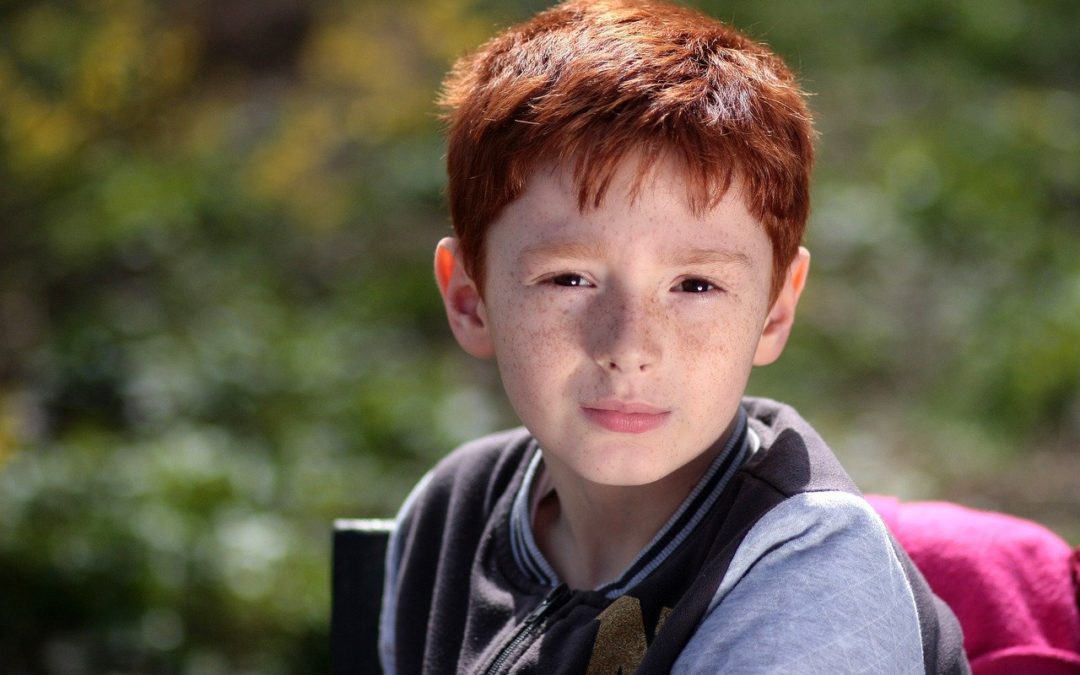Our latest research. One and Two-year Outcomes of Treating Preschool Children with Autism with a Qigong Massage Protocol: An Observational Follow-along Study, was published in the Journal of Alternative and Integrative Medicine in July 2016. [Note: The movement chart referenced in the published study is available here.]
Key results of this 2-year study include the following:
- Every child receiving the massage continued to improve–severely as well as mildly affected children.
- Every marker of autism improved–behavioral, sensory, language, and social.
- The average decrease in autism severity was 44 percent. By the end of 2 years, one in four children scored in the non-autistic range on the Childhood Autism Rating Scale.
- When we analyzed the results for higher functioning children, we found that over 1/2 the higher functioning children had dropped into the non-autistic range.
We now know that social and behavioral problems in autism are due to a problem with the sense of touch. In this 2-year study, we learned that it is possible to completely normalize touch: Overall, touch improved by an average of 75 percent, with 1/3 of children dropping into the normal range. As before, as touch improved, children were calmer, sought out closeness and affection, made eye contact, and communicated more. In a nutshell, children were able to connect with, enjoy, and learn from the people around them.
We also learned how much parents’ efforts count! Children of parents who consistently continued the massage 5-7 days a week made the most progress. Progress was slower in children who received the massage less frequently. This is valuable information, and will give parents reason to be consistent with the massage until touch returns to normal.
Below are two graphs. The first one shows that as touch problems decrease, severity of autism decreases. The second one shows that as behavioral and sensory problems decrease, social and language skills increase.



Recent Comments